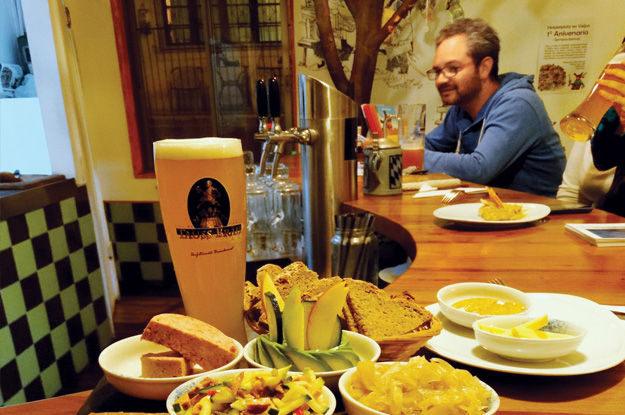Exactly 500 years ago, in 1516, Germany passed its Reinheitsgebot, or Beer Purity Law — a stringent recipe known for producing high-quality beer using only water, hops and barley.
When a wave of Germans migrated to South America during the 19th and 20th centuries, they brought the Reinheitsgebot technique with them. The region has been enjoying the results ever since. Many of the Southern Cone’s biggest breweries date from that era, including Companhia Antarctica Paulista — now one of Brazil’s largest beer brands — which was founded by entrepreneur Louis Bücher and Brazilian partner Joaquim Salles. Even newer microbreweries, such as Eisenbahn in Blumenau, Brazil, and Kunstmann in Valdivia, Chile, still follow the strict regimen of the purity law.
Meanwhile, German recipes also permeate the region’s gastronomy. Delicacies like bola de fraile (similar to the donut-like Berliner) in Argentina satisfy Latin Americans’ taste for sweets, while chukrut (sauerkraut) is a favored garnish for sausages in Chile.
But German-South American cuisine is not always tied to traditional dishes. Today’s discerning foodies can find innovative restaurants that merge German gastronomy with local dining habits. At Hotzenplotz, an eatery in Valparaíso, Chile, you are likely to find an avocado sharing a plate with your sausages. “We don’t want to be a typical expat restaurant; we want to be a typical Valpo restaurant,” explained Hotzenplotz owner Johannes Finck
—
Heuschkel is a freelance writer based in Brooklyn, New York.





